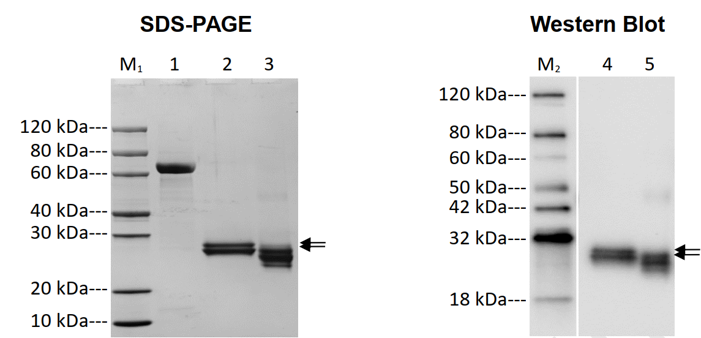

In order to label each picture, we start off by loading Pandas, NumPy, and the Keras image pre-processing libraries: from keras.preprocessing import image from import load_img from import img_to_array from keras.models import Model import keras.backend as K import numpy as np import pandas as pd import json Cards 1, 2, and 3Īll of the results available for Card #1. Now, I can compare this score in between the classifiers to see which one performs the best. I’ve then added it up to a dimensionless score of 153.1. Doing this for each label gives us a good proxy for the belief of each classifier, and gives us a sense of their relative prediction confidence for each card.Īs an example, InceptionResNetV2, NASNetLarge, and DensetNet201 believed that Card 1 was a warplane (with scores of 88.3%, 46.2%, 18.6%, respectively). This gives a sense of how much each classifier is ready to gamble on a particular card. In order to do this, I’ve grouped the Top-1 predictions by name, and added their score together. Overall, the goal is to get a quick sense of the prediction and intensity of the belief behind the prediction. (If you want to learn more about each structure individually, here are the links if you want to learn more about ResNet, Inception, DenseNet, NASNet, VGG16/19, and MobileNet.) The Results Instead of digging in the particularities of each structure, let’s look at how they view the same confusing data. This standard set could now we used between patients and therapists.ĭocumentation for each classifier from Keras.īesides for the memory usage and trainable parameters, there is a lot of differences in the details of the implementation of each one. Rorschach took it one step further, and created a standard set. An inkblot test is a simple conversation starter with your therapist, that goes “What do you see?” after being shown an intentionally abstract (and usually symmetrical) drop of ink squeezed in a sheet of paper. Invented (or more accurately, modified) by Hermann Rorschach, the Rorschach Test is the most famous of the inkblot tests. The goal was simple: set my expectations and clear up my understanding for each one, so I can use the right tool for the job moving forward. In order to get a better feel for the nuances and trends of each ConvNet at a practical level, I ran the most popular ones, in series, on all of the cards from the Rorschach Test.

But other than memory use and ease of retraining layers, how do they behave when presented with unclear, grainy pictures? With a lot of exploration in image classification and labeling, we tend to play with various libraries to quickly assess and label pictures. The inventor of the Rorschach Test, Hermann Rorschach, next to his modern day counterpart, Walter Kovacs.


 0 kommentar(er)
0 kommentar(er)
